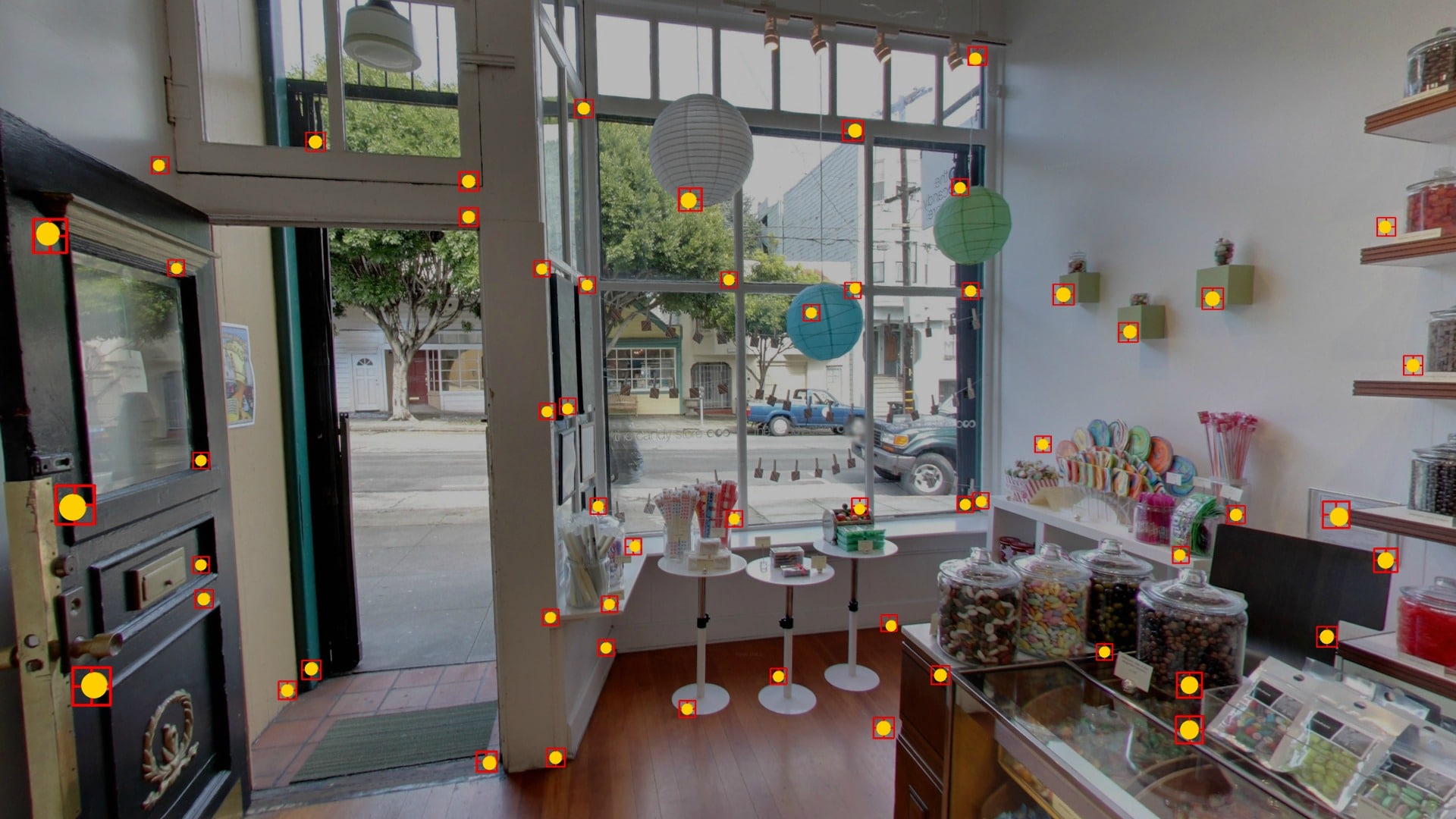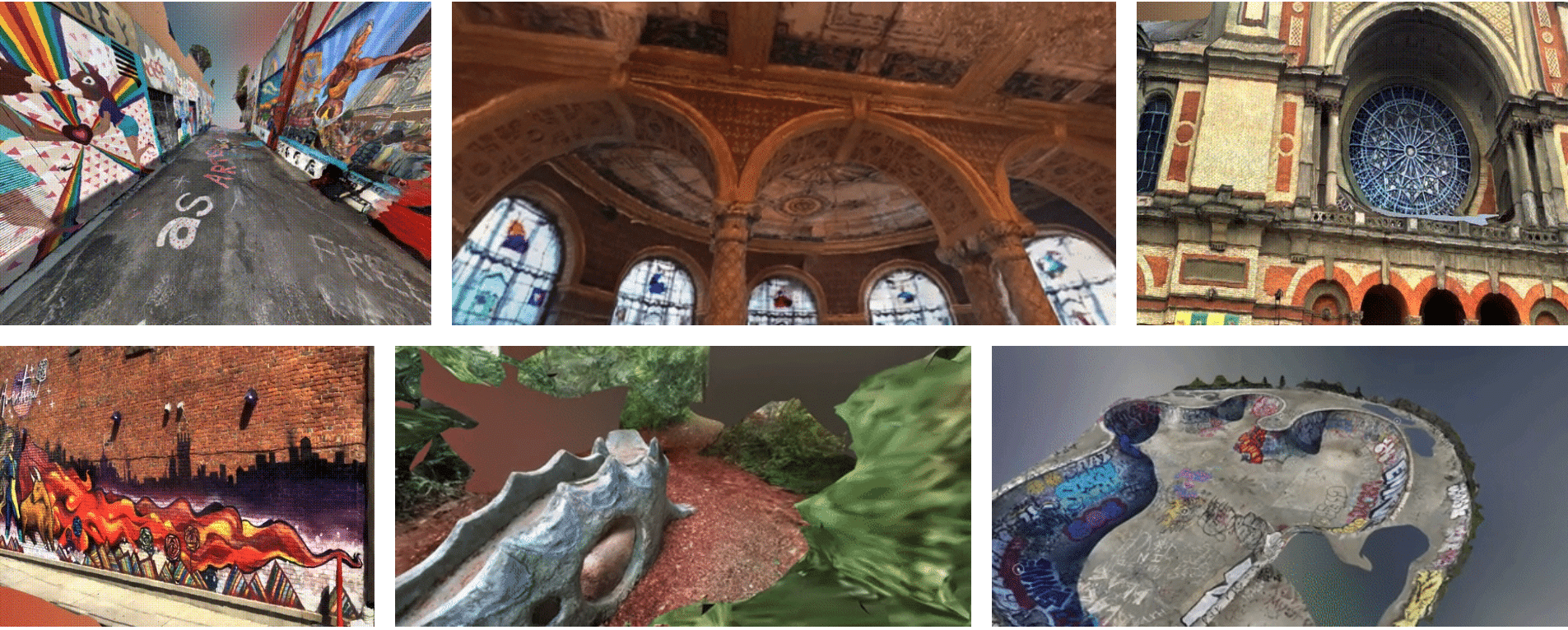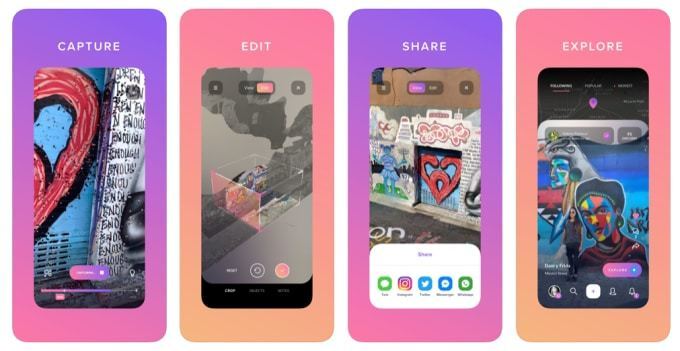
“Annotated World” is AR Insider’s series that examines the opportunities, dynamics and construction of the AR Cloud. For an indexed library of spatial computing insights, data, reports and multimedia, subscribe to ARtillery PRO.
The AR cloud is the missing piece for the vision we all have for AR that “just works.” As an invisible data layer that coats the physical world, it will empower AR devices to do their thing and place graphics in the right spots. Also known as Mirrorworld and Magicverse, it’s AR’s lynchpin.
But the challenge is building it, given that it happens on the scale of the inhabitable earth. This has led to lots of creative approaches such as crowdsourcing (6d.ai), visual databases for object recognition (Google & Apple), satellite imagery (Sturfee) and compositions of images (Scape).
The crowdsourced approach is interesting in that it scales. But the downside is that it relies on users to participate in an activity that may not be familiar. Panning your phone around to scan physical spaces is a deliberate behavior that has to be conditioned. It’s not culturally a thing yet.
6D.ai is tackling this in interesting ways with SDKs for developers who utilize its spatial mapping in return for sharing back data that their user’s capture, a la Waze. Apps like Babble Rabbit have, in turn, found creative ways to get users to pan their phones around a space in gamified ways.

Wisdom of the Crowds
Ubiquity6 likewise leans towards the crowdsourced end of the AR cloud-building spectrum. As we discussed with the company last year, this is all about empowering individuals to create virtual spaces that can be private or public, with various levels of permission, curation and participation.
The company is still on track for this vision, which will include lots of possibilities from games to artistic expression and anything that involves shared, augmented physical spaces. This week, it took a step towards that vision which also addresses the user “conditioning” challenge above.
As you may have read, it announced the launch of display.land. This is an iOS and Android app that lets users create 3D scans of their physical spaces to then upload, augment and share with friends. The latter can be done through the app or web links. Here’s an example of how that looks.
This isn’t pure AR in that the shared file is a 3D image that’s viewed on one’s phone or desktop, rather than superimposed or overlayed on the physical world using a smarpthone camera. Think of it more like 3D models created for real estate with platforms like Matterport, but much easier.

Means to an End
Despite that slight deviation from AR, Ubiquity6 sort of accelerates its path to the eventual vision of a shared, augmented world; or what CEO Anjney Midha calls an “MMO for the real world”. This goes back to the goal to acclimate users to the act of scanning and sharing physical spaces.
It does this by introducing a new behavior that piggybacks on users’ conceptual understanding of an old one. In other words, one of today’s most popular mobile activities is capturing photos and videos, then sharing to a social graph. Dislplay.land, taps into that sense of familiarity.
Other incentives to participate in this new behavior include erstwhile-inaccessible and potentially-powerful functions. For example, there’s no easier way today to create and share a free scan of one’s space. You could technically use this to get 3D apartment scans for Craigslist or Airbnb.
Those use cases will develop organically and natively over time, and Display.land’s community of users and creations already appears robust. Moreover, it will advance user acclimation towards the somewhat unnatural act of scanning physical spaces, thereby accelerating the AR cloud.

Teeing Up Tomorrow’s AR
This is all admittedly speculative in terms of Ubiquity 6’s strategic intent for Display.land. It may have other ideas in mind, but could nonetheless achieve much of the above. Another clue lies in Midha’s alignment with this acclimation principle. He’s stated similar for Snap Spectacles.
“That’s the secret strategy or Trojan horse: How do you get enough sensors in people’s hands at a cheap price or on their face,” he said during a TechCrunch Disrupt interview. “That sets them up for very immersive AR experiences or any kind of VR experiences a year or two years from now.”
Though that’s in a different context — AR hardware conditioning — the acclimation principle aligns. We’ll see if there’s a similar training-wheels outcome for Display.land. Meanwhile, we’ll continue playing with it and watching closely for strategic implications or AR market direction.
For deeper XR data and intelligence, join ARtillery PRO and subscribe to the free AR Insider Weekly newsletter.
Disclosure: AR Insider has no financial stake in the companies mentioned in this post, nor received payment for its production. Disclosure and ethics policy can be seen here.
Header image credit: Ubiquity6
